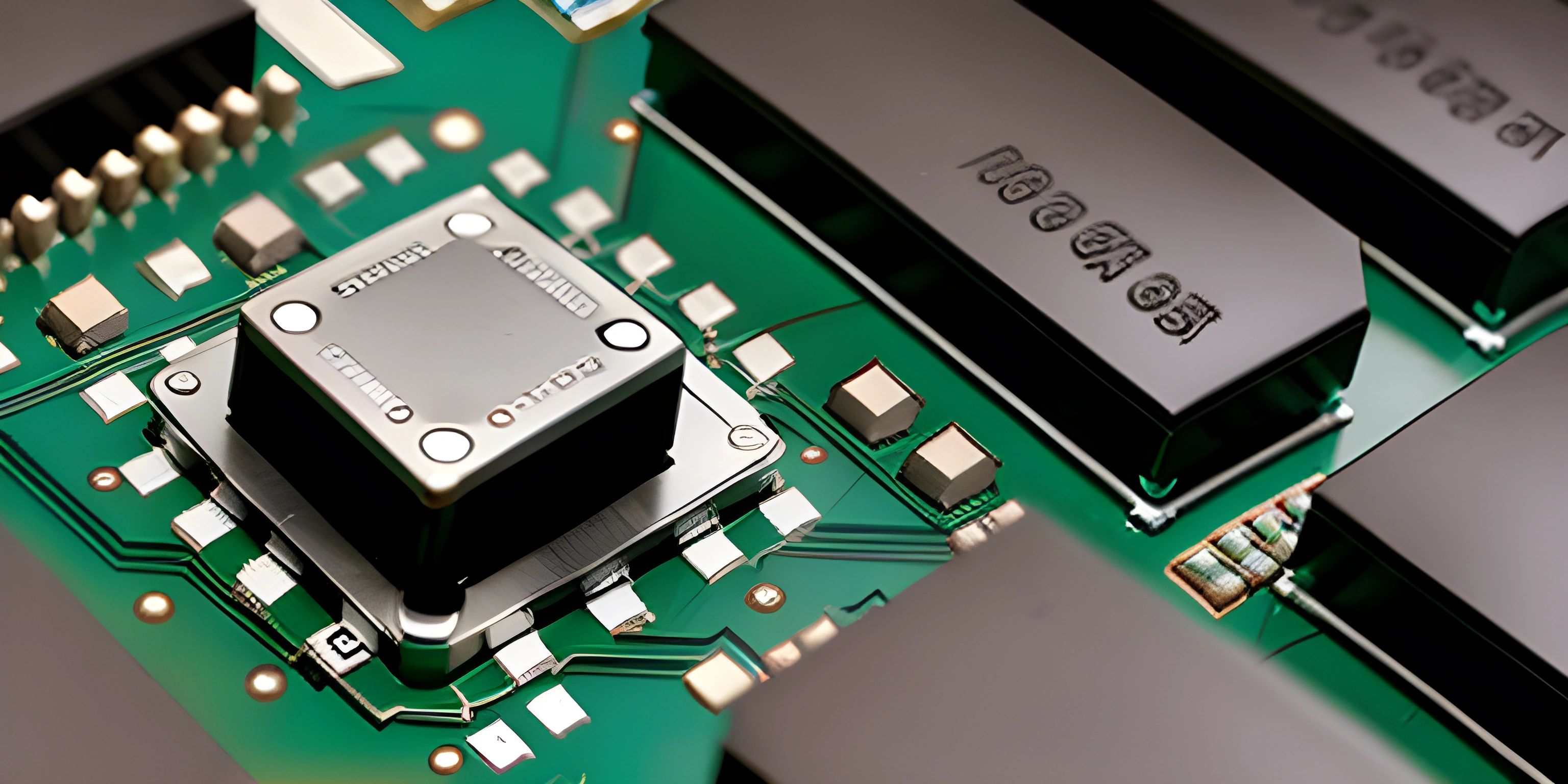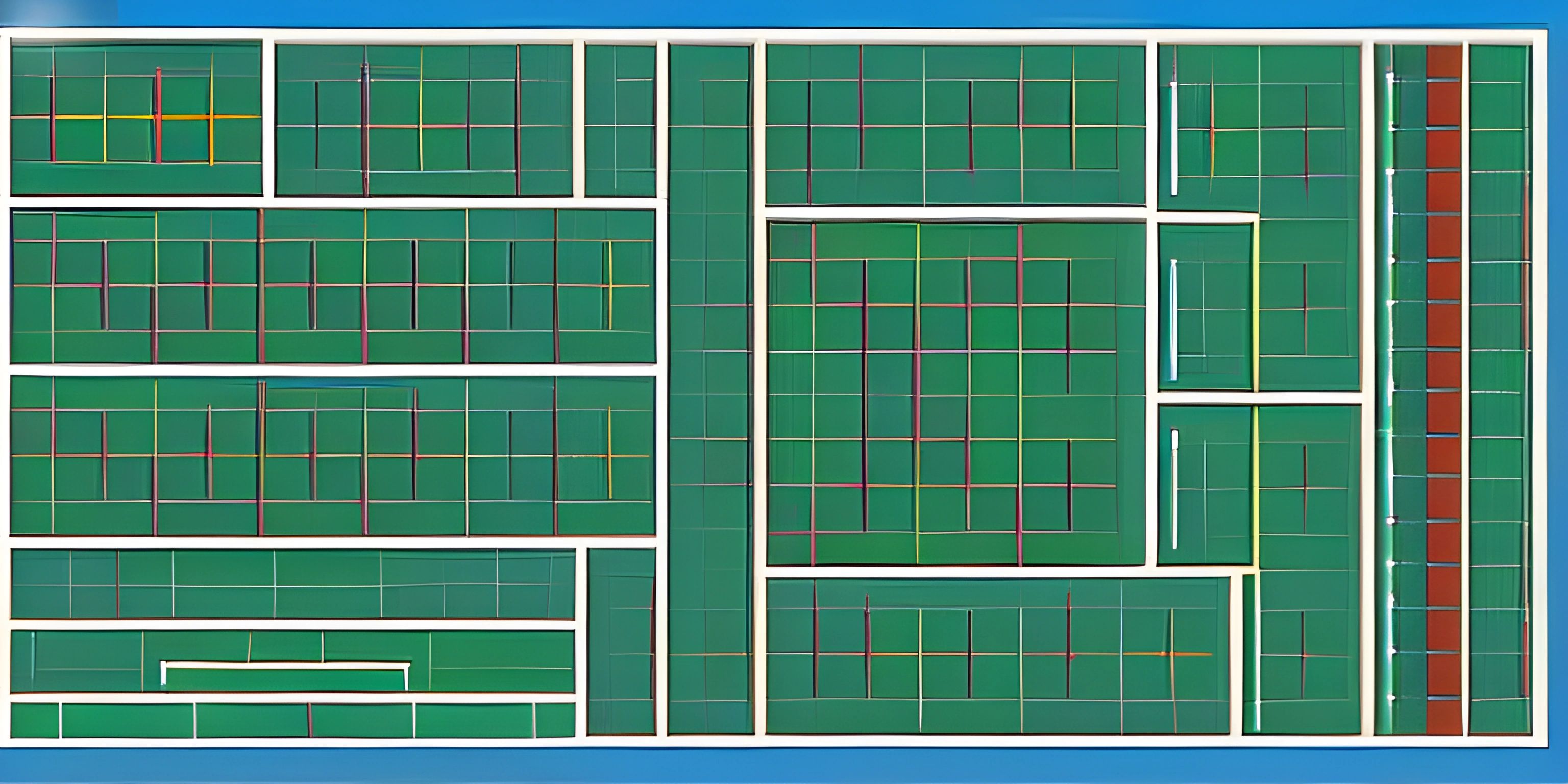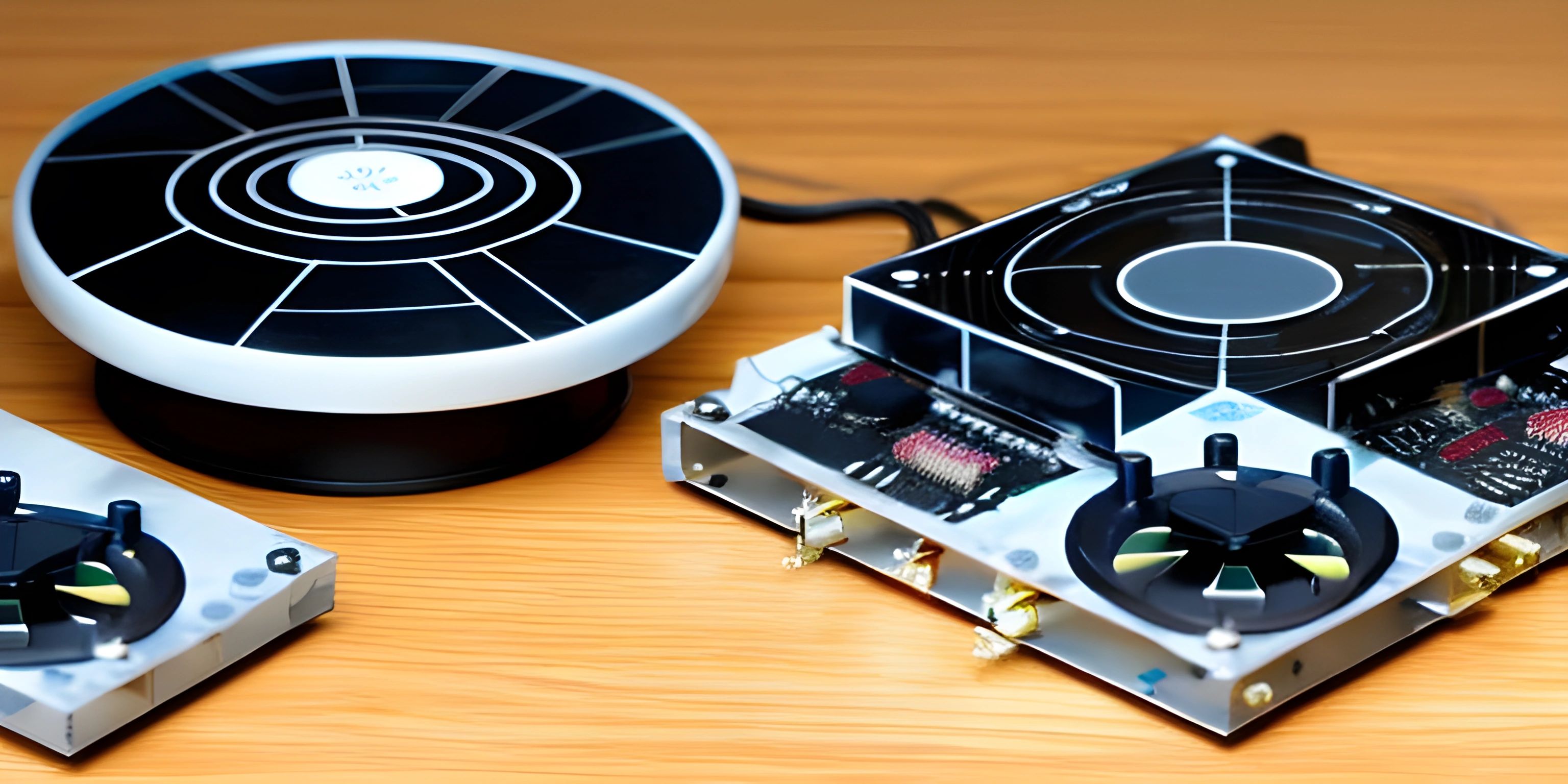Understanding Registers and Their Role in a CPU

Note: this page has been created with the use of AI. Please take caution, and note that the content of this page does not necessarily reflect the opinion of Cratecode.
Just like a busy chef needs a countertop to temporarily hold his ingredients, a Central Processing Unit (CPU) needs a place to store data it's currently working on. That's where registers come into play. They are the countertops of a CPU, a place for temporary storage and manipulation of data. Let's slice and dice this concept further, shall we?
The Essence of Registers
To get us started, a register is a small amount of storage available on the CPU whose contents can be accessed more quickly than storage available elsewhere. In the world of CPU, speed is king and registers are the royal courtiers.
Types of Registers
Now, not all registers are created equal. Some are general-purpose, some are special-purpose, and others are so special they get their own unique names. Let's meet some of them.
General Purpose Registers
These are the workhorses of the CPU, used for storing temporary data during program execution. As their name implies, they're pretty flexible. You could say they're the Swiss Army knives of the CPU world.
Special Purpose Registers
These registers have very specific roles. For instance, the Program Counter (PC) always points to the memory address of the next instruction that will be executed in the sequence. You could say these registers are more like specialty chef's knives, each designed for a particular task.
Named Registers
Some registers are so important they have names, like the Accumulator (ACC), Stack Pointer (SP), and Index Register (IR). These are the celebrities of the CPU world, each with its own fan club of instructions that specifically use them.
Register Operations
Manipulating data in registers is the bread and butter of assembly-language programming. This is where the magic of computing happens. It's like the cooking process, transforming raw ingredients into a sumptuous feast. Register operations include loading data into a register, storing data from a register, and performing arithmetic and logical operations on the data in a register.
In the world of CPU, registers are the foundations that make the amazing world of computing possible. With a better understanding of registers, you're now ready to explore more advanced topics like instruction sets and CPU design. Bon appétit!
Hey there! Want to learn more? Cratecode is an online learning platform that lets you forge your own path. Click here to check out a lesson: Rust - A Language You'll Love (psst, it's free!).
FAQ
What is a register in the context of a CPU?
A register is a small amount of storage available on the CPU. This storage is used for holding data that the CPU is currently working with. Registers are faster than other types of storage, which is why they are used for temporary storage during program execution.
What are the differences between general purpose and special purpose registers?
General purpose registers can be used for storing any form of temporary data during program execution, whereas special purpose registers have very specific roles. For instance, the Program Counter (PC) always points to the memory address of the next instruction that will be executed in a sequence.
How are named registers different from general purpose and special purpose registers?
Named registers like the Accumulator (ACC), Stack Pointer (SP), and Index Register (IR) are special registers with specific functions that are frequently used in various CPU operations. They are named for ease of reference in assembly language programming.





